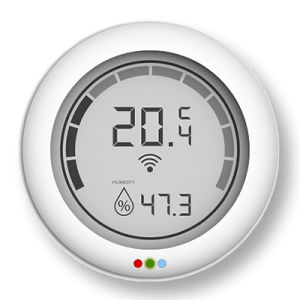How do we evaluate scientific claims?
Using criteria to decide which scientific claims are the most believable.

Overview
In this activity, students will use criteria and a thinking strategy to evaluate believable scientific claims. They will then use that criteria to compare scientific claims related to climate change. These thinking tools can be used by students to evaluate scientific claims in multiple contexts. While this activity uses examples related to climate change, other examples could be used to help nurture the competency of evaluating.
Instructions
What you'll need
- “Identifying believable scientific claims” worksheet
- “Comparing scientific claims” worksheet
- “Assessing my ability to decide which scientific claims are most believable” rubric
- Provide each student with a copy of the “Identifying believable scientific claims” worksheet. Invite your students to make an initial decision about the claims presented: Which claim is most believable and why?
- Encourage your students to share their decisions and thought process with the class. As they share, make a list on chart paper of the reasons students provide for why one claim was more believable than the others. Use their thinking to co-develop or present the following criteria for a believable scientific claim:
- Provided by a reputable source: someone who has expertise in the area of study
- Supported by accurate scientific knowledge and evidence: based on sound research, not opinion
- Supported by relevant scientific knowledge and evidence: based on current research
- Prompt students to revisit their initial decision and now apply the criteria. Ask students: What would they change about their decision? What would they keep the same?
- Provide each student with a copy of the “Comparing scientific claims” worksheet. This worksheet can be modified to be used by students in other contexts as well.
- Instruct students to practice using the criteria by judging between the two scientific claims to decide which one is the most believable. Remind students to include evidence supporting their decisions.
- Conclude the activity by discussing the importance of applying this skill when evaluating claims in our everyday lives.
Modify or extend this activity
Modification
- Provide options for students to work on the activity sheets either independently, in pairs, or in small groups.
- Provide a scribe and/or extra time with respect to the activity sheets, for those students who need it.
Extension
Prompt students to search through sources in their everyday lives (e.g. social media posts, online articles, advertisements) for claims. Practice identifying whether or not those claims are believable.
Curriculum Fit
Grade 7, 8 Science
Content
- Evidence of climate change over geologic time and recent impacts of humans (Grade 7)
Curricular competencies
Evaluating
- Exercise a healthy, informed skepticism and use of scientific knowledge and findings from their own investigations to evaluate claims in secondary sources
- Demonstrate an understanding and appreciation of evidence
Assessments
Throughout the activity consider how well students:
- Contribute to respectful group discussion
- Use the criteria for a reasonable hypothesis
Guide students in using the “Assessing my ability to decide which scientific claims are most believable” rubric during the activity.







